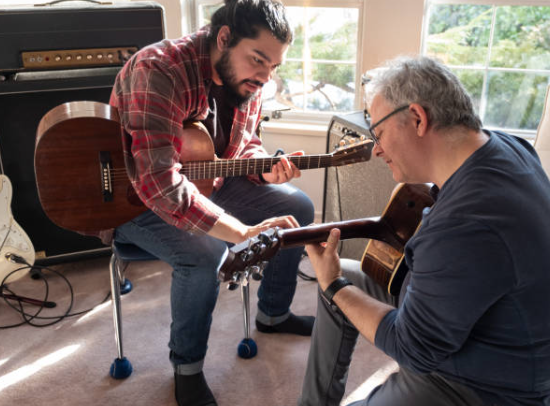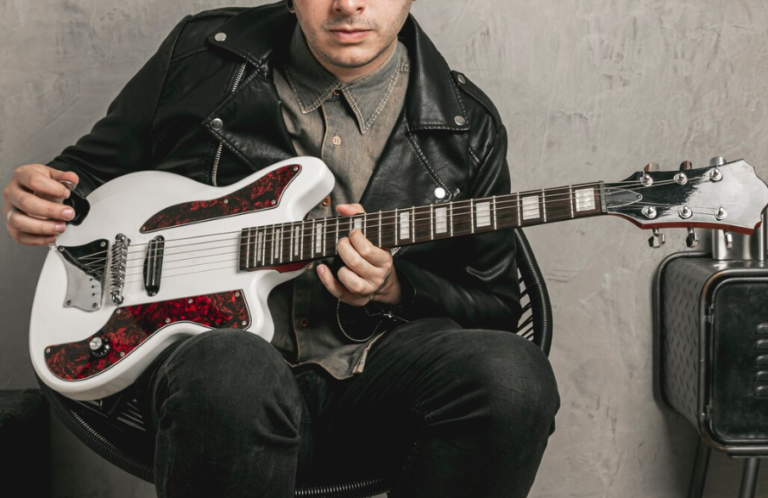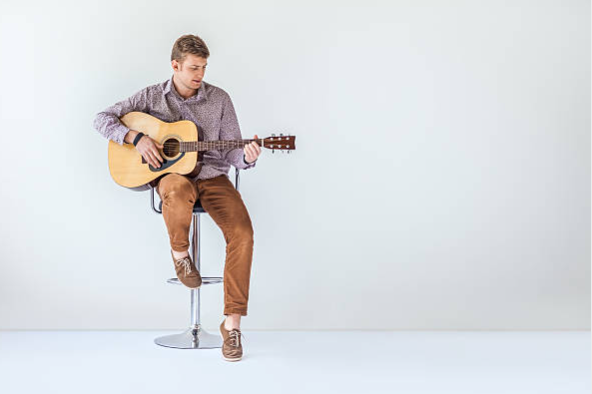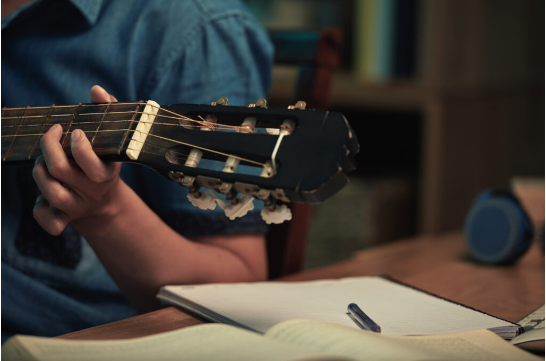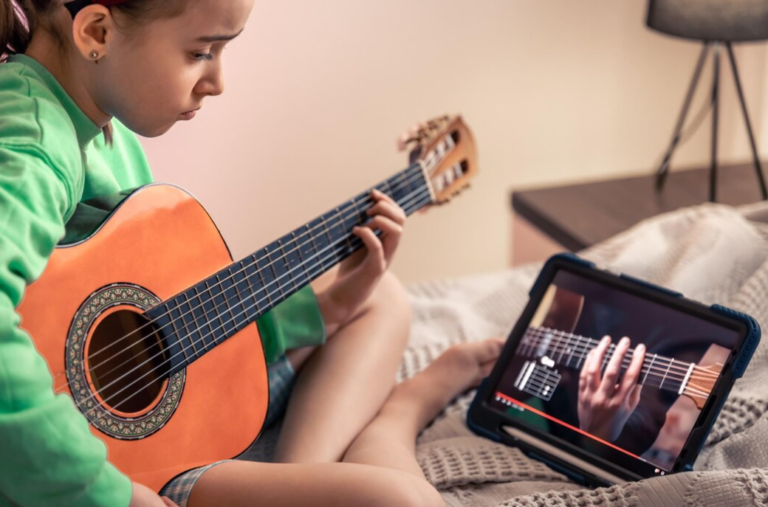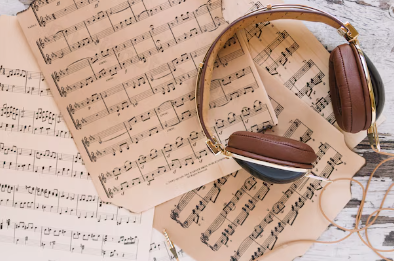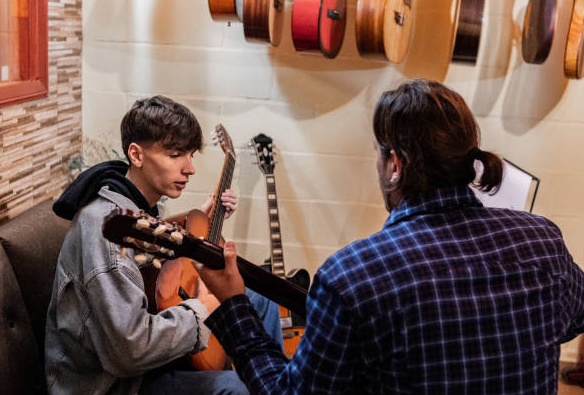Diatonic Chords And Non-Diatonic Chords – Easy Guide
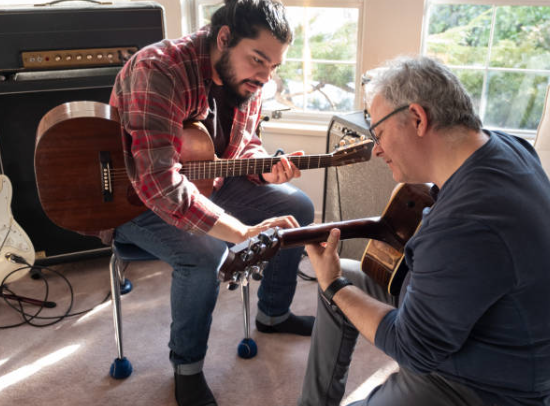
If you’ve ever looked at a chord chart and wondered, “Wait, what’s that chord doing here?”, you’re probably dealing with a non-diatonic chord. To avoid confusion, understanding the difference between diatonic chords and non-diatonic chords is a big step toward mastering music theory.
Let’s break it down in this blog.
What Does “Diatonic” Mean?
Diatonic chords are chords that naturally belong to a key. They’re built from the notes of a major or minor scale, no extra sharps or flats sneaking in.
Let’s Take C Major as an Example:
The notes in the C major scale are:
C – D – E – F – G – A – B
When you build chords using only these notes, you get the following diatonic chords:
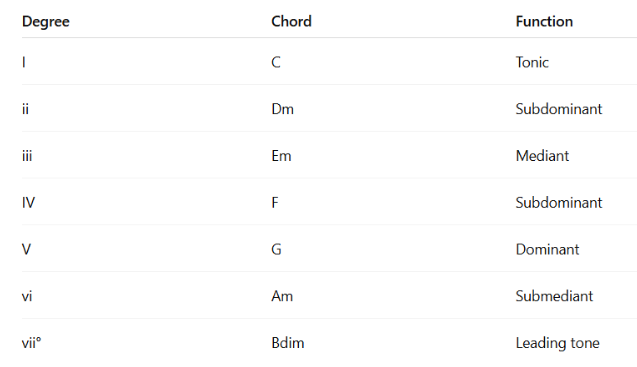
Every one of these chords uses only the notes in the C major scale. That’s what makes them diatonic.
So What’s a Non-Diatonic Chord?
On the other hand, Non-diatonic chords use notes outside the key. They’re like guests at a party, they weren’t on the invite list, but they make things more interesting.
These kinds of chords often add color, surprise, or tension. Sometimes they set up a key change, sometimes they resolve in unexpected ways.
When Does a Chord Fit the Key?
If the chord is built only from notes found in the current scale, it’s diatonic.
Using C major again:
- F major (F – A – C)? ✅ Diatonic.
- D major (D – F# – A)? ❌ Not diatonic—because of that F#.
So if you’re in C major and play a D major chord, you’ve introduced a non-diatonic chord.
Common Non-Diatonic Chords (And Why They’re Cool)
1. Secondary Dominants
These spice things up by temporarily pulling your ear toward a chord other than the tonic.
In C major:
- A G major (V) leads to C (I).
- But D major (V of V) leads to G (V).
➤ That’s called a secondary dominant: D is the V of G, and G is the V of C.
2. Borrowed Chords
These come from the parallel minor key. For example, if you’re in C major, you might borrow chords from C minor.
In C major:
- Ab major or Bb major are borrowed chords that add richness.
- These are non-diatonic in C major but sound emotional or dark in contrast.
3. Modal Mixture
This is when you blend in chords from modes like Dorian or Mixolydian. For instance, in C major, using a bVII chord (like Bb major) gives you a rock or blues vibe.
Why Use Non-Diatonic Chords?
- Add Tension – They create a moment where the music feels like it’s going somewhere.
- Create Surprise – Your ear expects a certain sound, and you give it something new.
- Prepare Key Changes – Non-diatonic chords can lead smoothly into a new key.
Think of it like cooking: diatonic chords are your basic ingredients, but non-diatonic chords are the spices.
How Can You Use This as a Guitarist or Songwriter?
- Analyze Songs You Love: Look for chords that don’t belong to the key. Ask, “Why does that work?”
- Try Substitutions: Swap in a borrowed or secondary dominant chord.
- Experiment: Don’t be afraid to break the rules. Use your ear as your guide.
Quick Recap
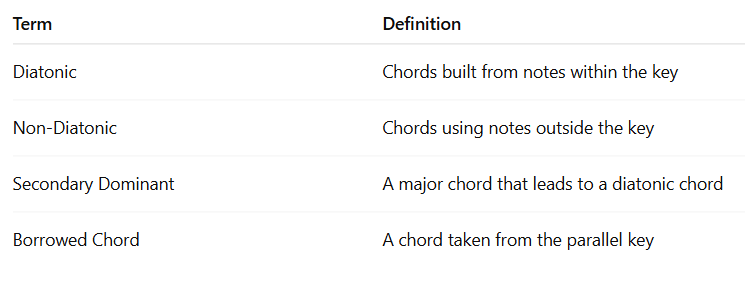
Wrapping Up
Diatonic chords give you structure. Non-diatonic chords give you freedom. The magic often happens when you blend both. Whether you’re composing, improvising, or just jamming, understanding this balance can make your playing sound more intentional and expressive.
If you’re interested in learning an instrument, at Real Brave, we offer an incredible experience like no other place in music lessons for kids and adults by guiding them from the beginning stages of getting to know an instrument all the way through performing for family and friends on stage. Our instructors come from all over the world, bringing extensive experience on a wide range of instruments. Click below and book a free lesson with us!
Author: Daniel Powers Jr, the founder of Real Brave™, serves as the chief inspiration to thousands of students in the Real Brave music instruction program. He’s also the visionary behind PracticePad™, an online platform for live one-on-one online music lessons, lesson tracking, and scheduling. Beyond his entrepreneurial pursuits, Daniel leads a non-profit organization that provides formerly homeless children with access to music education, making a profound impact on their lives. His unwavering dedication to music, innovation, and education continues to inspire individuals to reach their fullest potential while creating positive change in communities. Follow Real Brave on all the socials:
youtube.com/@realbraveinc
twitter.com/realbraveinc
https://www.tiktok.com/@realbraveinc
instagram.com/realbraveaudio
facebook.com/realbraveinc
